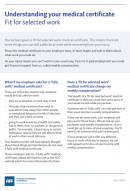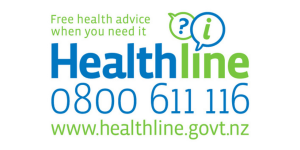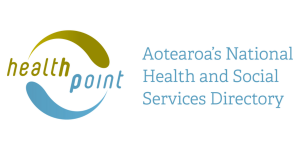Recovery at work
Returning to work while recovering from an injury
Key points about recovery at work
- Recovering at work after an injury can help people get better, sooner.
- Most people with non-complex injuries, like a sprain or a strain, can recover safely at work.
- You might need to make some temporary adjustments and your employer and ACC can support your during your transition back to work.
- Here's some information about recovery and the support available to help you get back to work.
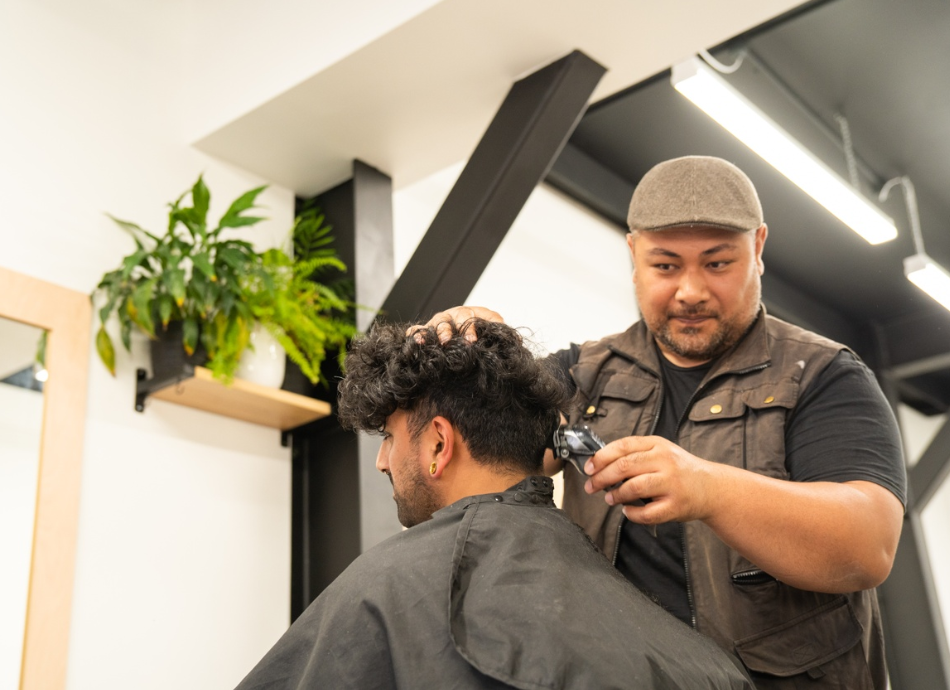
Most people with a non-complex injury (eg, a strain or sprain) can safely recover at work. Evidence shows recovering at work after an injury helps people get better, sooner. With the right team in place to support you, it also makes it more likely you'll return to your job and the things you enjoy outside of work.
Recovering at work can:
- lead to shorter recovery times
- improve your physical and mental wellbeing through staying connected to your workplace and co-workers
- increase your independence and confidence
- mean you could earn up to 100% of your pre-injury income.
Recovery at work is a team effort. Your employer, healthcare provider and ACC all have a role to play in your recovery. Talking to others about the support you need will mean they can play their part in helping you recover.
To safely recover at work you might need to make some temporary adjustments – perhaps doing slightly different duties than you normally do, or doing fewer hours. It could also mean working with modifications or in a different environment.
Here are some things to do to get started on your recovery journey
1. Visit your healthcare provider to get any treatment you need
This could be one of the team at your medical practice, a physiotherapist, an after-hours medical centre or the hospital emergency department. You’ll need a medical certificate from a doctor, nurse practitioner or medical specialist that says you’re ‘fit for selected work’. This provides the types of tasks you can do safely with your injury. Read more about understanding your 'fit for selected work' medical certificate(external link).

Image credit: Canva
2. Talk to your employer
They will need to know that you’ve been injured and may need to see a medical certificate. Once they know what’s going on for you they will be able to work with you to plan how to support your return to work while you recover and what changes might need to be put in place. Get ACC’s guide for talking to your employer(external link).
3. Register for MyACC
MyACC lets you manage your injury, support and recovery online. It allows you to get the help you need from ACC quickly and easily. Learn more about MyACC and how to register.(external link)
4. Apply for weekly compensation
You could earn up to 100% of your pre-injury income if you work while you recover, but that's not automatic. You’ll need to get set up for it online with MyACC. Read more about weekly compensation and how to apply(external link).
5. Visit your healthcare provider before your medical certificate expires (runs out)
This is to make sure that you continue to get any weekly compensation you’re being paid. If you're set up for weekly compensation, you'll be able to upload new medical certificates yourself using MyACC.
6. Keep your employer informed
It’s important you keep talking to your employer, let them know about your progress so they can safely support your recovery at work. Learn more about the roles your employer, healthcare provider and ACC play in your recovery(external link).
Video: How to recover at work
If your healthcare provider has determined you’re unable to work at all, or can’t return to your job because of your injury there are still ways ACC can support you.
Situations like this include when:
- you’ve been admitted to hospital or have to stay in bed
- you need to quarantine as a result of your injury and can’t work from home
- it would be unsafe for you (or others) if you returned to work.
There are a number of ways ACC can support you, eg, with weekly compensation and other support. You’ll still need to work on a recovery plan with your employer, healthcare team and ACC so that they can support you to get back to work when you're able to.
Find out more about what to do if you’re not able to return to work due to an injury(external link).
Recovering at work can be a key part of rehabilitation for an injured employee. It’s beneficial for them in terms of being able to maintain structure and routine, stay socially connected with their workmates and encourage normality. It’s better for their physical and mental health to return to work as soon as it’s safe to do so.
A team effort is needed to get injured employees back to work in a way that suits them. They’ll need support from whānau and friends, healthcare providers, you as their employer and an ACC recovery team member.
As an employer, you can play your part. For example:
- Contact your injured employee early and regularly.
- Talk with them about what support they need and what they can do safely.
- Tailor their work to their recovery needs – that might be by adjusting their duties, work environment, workload or hours.
- If they’re receiving weekly compensation from ACC, you can top that up to 100% of their pre-injury income by paying for their productive hours.
Video: How to help your employee recover at work
This video may take a few moments to load.
(ACC, NZ, 2023)
Resources to support you as an employer
ACC has guidance on supporting injured employees to recover at work. Learn how to support your injured employee(external link) or download ACC’s employer recovery at work resources(external link):
- Recovery at work plan template.
- Understanding your employee’s medical certificate.
- Weekly compensation and payments.
- Adjusting duties, workload, or hours for an injured employee.
- Stay at Work programme.
- Trialling a return to work.
- Conversation guides for supervisors and team leaders.
See employee claims in MyACC for Business
ACC has introduced a new tab in MyACC for Business called Recovery at Work. This new tab gives you access to real-time information about your employee’s work-related claims. With this information, you’ll be able to start the conversation earlier with your injured employee and support them on their recovery journey.
You’ll also be able to see if your employee is fully unfit, or fit for selected work, and any work restrictions that may apply to them. Download the user guide for businesses(external link).
MyACC for business – recovery at work(external link) ACC, NZ, 2022
Return to work(external link) Stroke Foundation NZ
Recovery services directory(external link) ACC, NZ
Brochures
Understanding your medical certificate – fit for selected work(external link) ACC, NZ
References
- Returning to work(external link) ABI Rehabilitation, NZ(external link)
- Supporting your injured employee to recover at work(external link) ACC, NZ
Brochures
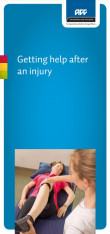
Getting help after an injury
ACC, NZ, 2015
Credits: Healthify editorial team. Healthify is brought to you by Health Navigator Charitable Trust.
Reviewed by: ACC recovery at work team
Last reviewed:
Page last updated:


